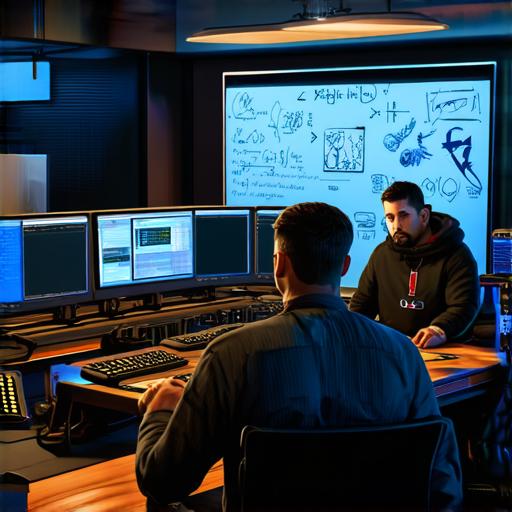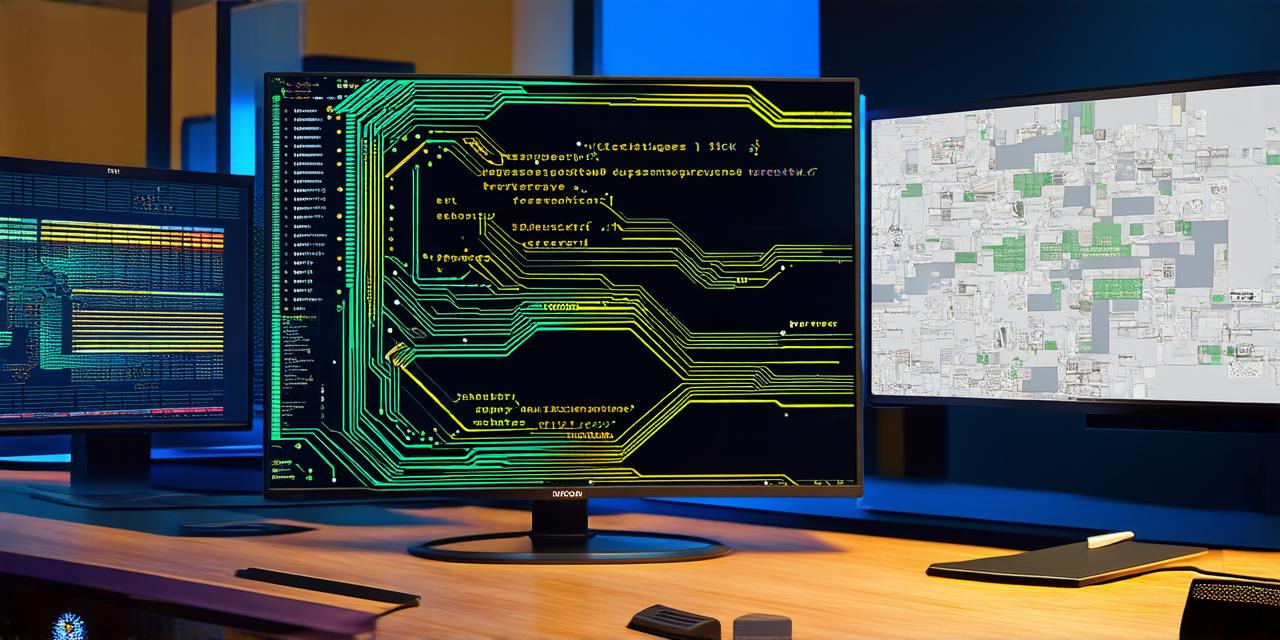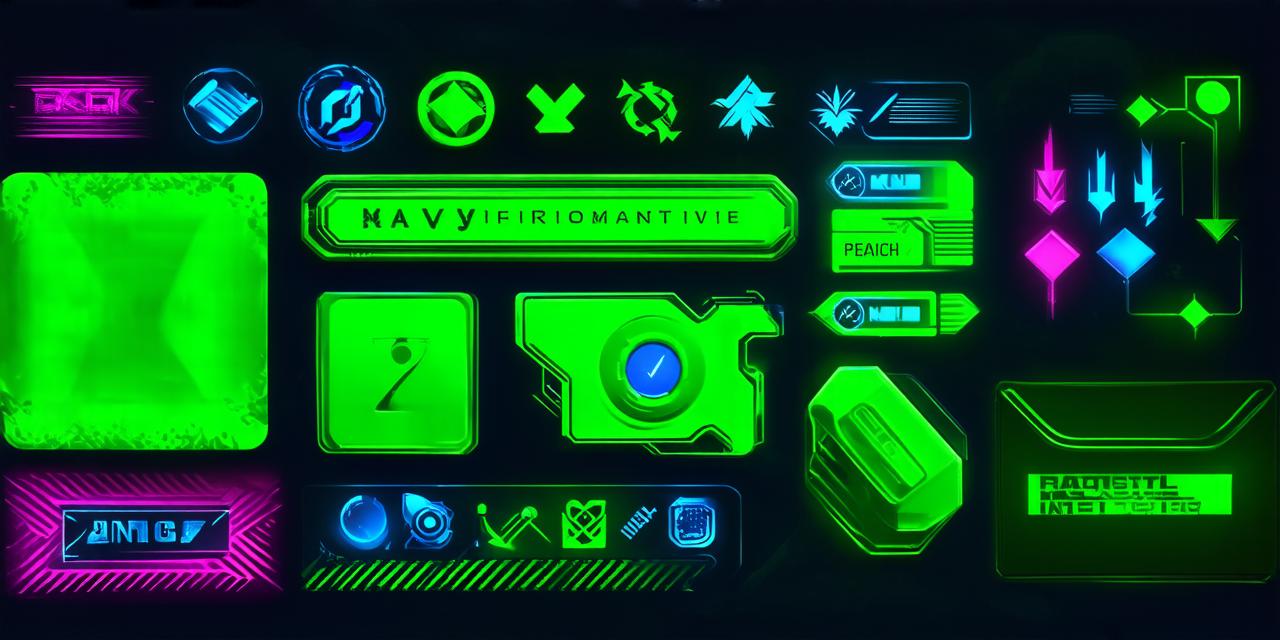Are you passionate about creating immersive and engaging games? Do you have an idea for a game that you want to bring to life? If so, then you may be wondering how to begin game development. Luckily, this guide will walk you through the steps you need to take to get started on your journey to becoming a game developer.
Step 1: Choose Your Game Development Path
The first step in beginning game development is to choose which path you want to pursue. There are two main paths you can take: mobile game development and desktop game development. Mobile game development involves creating games for smartphones and tablets, while desktop game development involves creating games for PCs and consoles. Both paths have their own unique challenges and opportunities.

Mobile game development is great if you want to reach a wider audience because most people have a smartphone. However, mobile games have limited resources and are often played in short sessions, which means you need to create a game that can be played quickly and easily. On the other hand, desktop game development allows you to create games with more complex graphics and mechanics, but your audience will be smaller.
Step 2: Learn the Basics of Game Development
Once you have chosen your path, it’s time to start learning the basics of game development. There are many online resources available that can help you get started. Some popular options include:
- Codecademy’s game development course: This course teaches you the basics of programming in HTML, CSS, and JavaScript, which are the languages used for web-based games.
- Udacity’s mobile app development course: This course teaches you how to create mobile apps for iOS and Android devices, including games.
- Unity’s tutorials: Unity is a popular game engine that can be used for both mobile and desktop game development. They offer a variety of tutorials that cover everything from creating your first game to advanced programming techniques.
Step 3: Choose Your Game Engine
The next step in beginning game development is to choose your game engine. A game engine is a software platform that provides you with the tools and resources you need to create games. Some popular game engines include Unity, Unreal Engine, and Construct. Each game engine has its own strengths and weaknesses, so it’s important to choose one that fits your needs and skill level.
Unity is a great choice for beginners because it’s easy to use and has a large community of developers who provide support and resources. Unreal Engine is more advanced and offers more powerful graphics capabilities, but it requires more technical skills. Construct is a visual scripting-based game engine that’s great for creating 2D games without writing any code.
Step 4: Create Your Game Design Document
Before you start coding, it’s important to create a game design document (GDD). A GDD is a written description of your game that outlines the gameplay mechanics, story, characters, and other key elements. It serves as a roadmap for the development process and helps you stay on track as you create your game.
Creating a GDD can be a time-consuming process, but it’s essential to ensure that your game is well thought out and structured. You can use tools like Microsoft Word or Google Docs to create your GDD, and there are many templates available online that you can customize to fit your needs.
Step 5: Start Coding
Once you have your GDD in place, it’s time to start coding. Depending on which game engine you choose, you may need to learn a new programming language or use an existing one. For example, if you choose Unity, you will need to learn C, while if you choose Construct, you can use visual scripting to create your game without writing any code.
As you start coding, it’s important to break the process down into small, manageable tasks. This will help you stay focused and make progress more easily.



